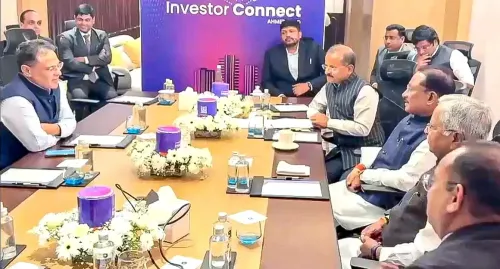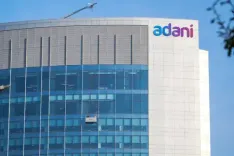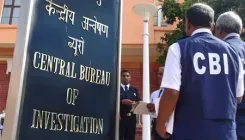Is India Leading the World in Payment Speed Thanks to UPI?

Synopsis
Key Takeaways
- UPI is the fastest payment system globally.
- Over 18 billion transactions are processed monthly.
- Interoperability enhances user experience.
- Public sector initiatives can boost digital payment adoption.
- UPI transaction volumes grew 32% YOY in June.
New Delhi, July 11 (NationPress) As a result of the widespread embrace of the Unified Payments Interface (UPI) for digital transactions, India has emerged as the fastest country for payment processing, as highlighted in a report by the International Monetary Fund (IMF).
Launched in 2016, UPI has rapidly escalated in popularity, coinciding with a downturn in cash usage. Currently, UPI handles over 18 billion transactions monthly, surpassing all other electronic retail payment systems in India, as per the report titled ‘Growing Retail Digital Payments: The Value of Interoperability.’
Built on the Immediate Payment Service (IMPS) framework, UPI has revolutionised digital payments in the nation. The platform's evidence indicates that interoperability significantly enhances user experience and fosters broader adoption.
The IMF report states, “Interoperability directly increases users’ freedom to select their preferred app, allowing them to fully leverage the variety and quality of applications available. Furthermore, interoperability can encourage new providers to enter the market and motivate existing ones to enhance their offerings, yielding indirect advantages for users.”
This means that interoperability can render digital payments more appealing, thereby boosting overall adoption compared to a scenario with only closed-loop systems.
The note suggests that establishing infrastructure for interoperable systems or promoting interoperability through regulation could be a viable strategy for nations aiming to shift from cash to digital transactions.
In late 2016, the National Payments Corporation of India (NPCI) introduced the Bharat Interface for Money (BHIM) app, at a time when UPI usage was minimal and there were fewer competitors.
“Initially, BHIM accounted for over half of the total transaction value on the payer side, prior to the rise of apps developed by major fintech companies. This underscores the potential catalytic effect of direct government provision of payment applications,” the IMF report notes.
The public sector can play a crucial role in overcoming coordination challenges, such as low user adoption due to a scarcity of high-quality apps, alongside a lack of quality apps stemming from low user engagement, thus initiating a thriving ecosystem.
In June, UPI transaction volumes surged by 32% year-on-year, with transaction values increasing by 20% compared to the same month last year. The daily UPI transaction count rose to 613 million in June, up from 602 million in May.









